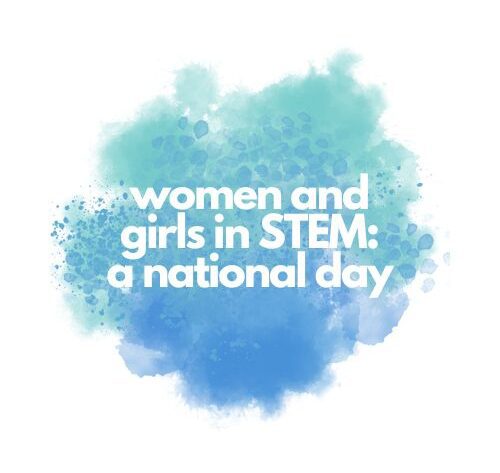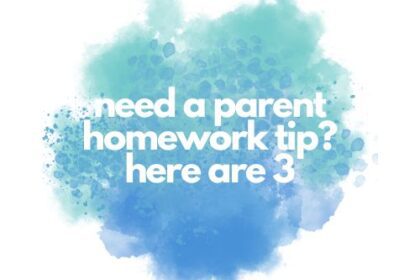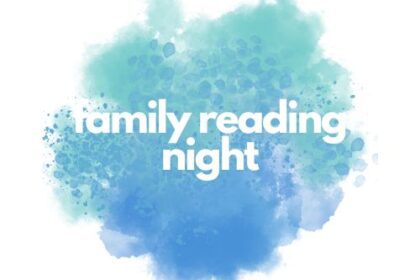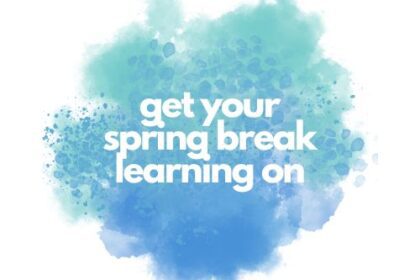Are you wondering what the hype is around STEM? As an educator, you probably know what it is. As a parent, you might not. Either way, the topic of women and girls in STEM is something worth discussing. That’s why there’s a National Girls in STEM Day!
When is it?
National Girls in STEM Day is February 11, 2023. Events are held nationwide, and it coincides with International Women and Girls in Science Day.
The first time I heard about it was in 2018. I visited the Ft. Worth Museum of Science and History and they hosted an entire day of activities encouraging girls to explore STEM. My oldest loved it.
What is it?
It’s a day dedicated to the innovative women of science who are role models for future generations. And it’s a day that encourages girls to get hands-on and explore what STEM activities are and what careers in science are available to them.
The United Nations takes this day very seriously and has an entire assembly in its New York headquarters. How cool is that?! You can read more about that here and even sign up to attend it here.
Why is it?
According to National Today, “Over the past two decades, women have been more likely to receive an undergraduate degree than their male counterparts. Despite this overall accomplishment, women earn degrees in Science, Technology, Engineering, and Mathematics (STEM) at half the rate of men. This variance caught the attention of the United Nations and, in 2015, they proclaimed February 11 of each year to be observed as International Day of Women and Girls in Science.”
Think about that for a second. Women receive the majority of bachelor’s degrees but earn half of them in STEM areas. What’s the rationale?
Well, a lot of research has been done trying to answer that question. This is an excellent resource on the STEM gap.
Okay. We know there’s a gap. Now what?
As teachers, when we know this, we can be proactive in our lesson design and how we’re presenting STEM learning opportunities to our students.
As parents–especially parents to daughters–we can ensure that our girls are exposed to STEM opportunities.
Rethinking Our Lesson Design
While the solution to the problem in STEM is always related to science, technology, engineering, and mathematics, STEM problems begin with an inquiry.
In the education world, we’ve known for a long time that inquiry-heavy, project-based learning is a win for student engagement, a win for student creativity, and a win for overall learning.
As a teacher, when I design a lesson, I really think about what I want students to walk away knowing. I know you do that, too. What if we structure that knowledge as a project? What if we approach all learning as scientific?
How can the Scientific Method work for other subjects?
Let’s review the Scientific Method steps.
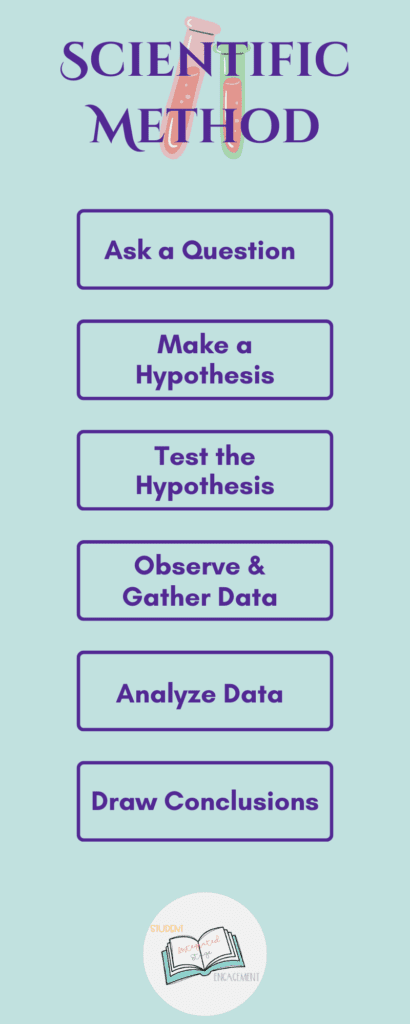
Ask a Question
In ELAR, this may be a question about making one change to the plot of a story or changing the author’s purpose. In social studies, it could ask about the causes leading up to what’s being studied.
Make a Hypothesis
Students will first make an educated guess about the question. This is just a prediction, which is already an ELAR skill. For social studies, you could always lead into this part with the old adage that history repeats itself.
Test the Hypothesis
Here is where students get innovative and creative.
In ELAR, it may look like creative writing or a higher-level analysis of the text. In social studies, it could be diving in specifically to a timeline of events vs. a broader overview.
Observe & Gather Data
While not exactly how we’d do it in science, I think a gallery walk or share-out at this point in the lesson could be killer. It would offer some different perspectives and ideas, perhaps add context and deepen knowledge. Moreover, it’s a checkpoint for you as a teacher to assess learning.
Analyze Data
Once other people’s data has been shared, a reflection is key. It could be a reflective writing piece or an arts-related piece if you wanna go for STEAM and arts integration!
We’re used to seeing data in numbers and graphs and charts. How refreshing, then, would it be for you to see students collecting their data via reflection?
Make a Conclusion
The best way to conclude this process is with movement! Using a Four Corners-style approach, assign two to four general conclusions that could have been made for the assignment. Have students move to their corner/spot and justify their rationale with one another. Then share it out!
Resources for Parents & Teachers
When I first learned about GoldieBlox, I was overjoyed. They’ve evolved from a toy line to a full-on resource.
The Girls in STEM Blog has a wealth of articles on role models for women in science that would be a great place to start.
STEM Like a Girl is another really solid resource. They’ve written a book that’s ideal for upper elementary and lower middle school (2nd-7th grade), have blog posts on experiments and activities, host live workshops, and have a vision that’s hard not to love.
One of my favorite teacher-creators to follow for STEM is Teach Outside the Box. Her resources are specifically designed for elementary. She even has STEM-to-literature ties. Y’all know how much I love cross-curricular ties!
Let’s chat!
Leave a comment below telling me your thoughts on the STEM gap, using the Scientific Method and STEM PBL approaches in other subjects, or your tips for girls and STEM in your classroom. Then come find me on Instagram and let’s continue the convo!

